Proliferation of Stealth Fighters, Short Take-Offs and more
A Newsletter for working professionals, students, serving and retired officers and anyone interested in the world of aviation.
Quest for an Ace: The Proliferation of Stealth Fighters
The stealth fighter arena has largely been dominated by America since 2005, when the F-22 Raptor was first inducted into the US Air Force. Almost a decade later, the F-35 Lightning was inducted into the mainstream flying for America’s Navy, Air Force and the Marines. The F-22 has been an entirely American project and continues to be operated only by the American Air Force whereas the F-35 is a joint-venture between America and select partner countries from the North Atlantic Treaty Organisation (NATO). Currently, the F-35 is operated by America, Australia, Belgium, Denmark, Finland, Israel, Italy, Japan, Netherlands, Norway, Poland, South Korea, Singapore and the United Kingdom. Turkey, a member of the partnership program in the F-35s was denied the sale and delivery of F-35s after it inked a deal with Russia to procure the S-400 Surface to Air defence system. Both aircraft have been put to test with the F-22 witnessing its first combat experience in Syria along with multiple ground-attack missions in Afghanistan. Israel became the first user of the F-35 for combat missions when Tel-Aviv claimed it struck targets all across the Middle East. America and its allies enjoy a sheer technological and strategic advantage over its competitors with the possession of stealth fighter aircraft which have been proven to a certain degree.
In a bid to maintain deterrent capabilities against the Western Bloc, Russia and China have shoddily but successfully developed their own Stealth Fighter Programs. China’s Chengdu Aviation first flew the J-20 in 2011 and the PLAAF inducted the aircraft 6 years later. China’s intention with the J-20 isn’t to secure air superiority against F-22 or the F-35, but have a large number of stealth aircraft at their disposal that give China multiple strike capability against American+Allies naval and air assets in the Western Pacific and South China Sea, while maintaining its air superiority over Taiwan. China’s Shenyang Aircraft Aviation is working on the F-31, a stealth aircraft that has been under trials since 2012, and will feature a naval variant called the F-35. The J-20 has not been engaged in combat missions; however, it has been deployed in the high-altitude airfields near the Indian border in Occupied Tibet for muscle flexing amid growing border tensions and an on-going standoff.
The Sukhoi Company first rolled out the Su-57 stealth fighter in 2010 which was inducted by the Russian Air Force in 2018. The aircraft was initially a joint-venture between Russia and India, however delays, negotiation frustrations, and supposed arm twisting by the Russians prompted an Indian exit from the program. In 2019, two Su-57s were deployed in Syria along with four Su-35s and were used extensively for air-support during airstrikes, raising alarm bells in the Western Bloc. In 2021, Sukhoi also unveiled its newest stealth fighter prototype the Su-75 Checkmate which is likely to be inducted in 2027, however heavy sanctions on Russia will most likely delay the project eminently.
Analysis
Often understudied and neglected, air-power has been a major competing ground in great power rivalry. With the world headed towards a multi-polar order, the changing fabric of geopolitics percolates into air power domination as countries develop their technology for producing indigenous stealth fighters and achieving self-reliance. Countries that are vying for greater geopolitical push and pull are forming alliances and working with established players to develop stealth capabilities. Turkey’s Turkish Aerospace Inc. along with Britain’s BAE Systems is developing the TAI TF-X which has recently cleared wind-tunnel checks and will become operational within the next decade. South Korea’s Korea Aerospace Industries has partnered with to jointly produce the KF-21 Boaramae, which is scheduled for its first flight next month in July and is aiming for operational clearance within the decade. Lagging behind in the race for stealth fighters are the UK’s Tempest Program and India’s Advanced Multi Combat Aircraft (AMCA), both of which are looking at first flights more than a decade away.
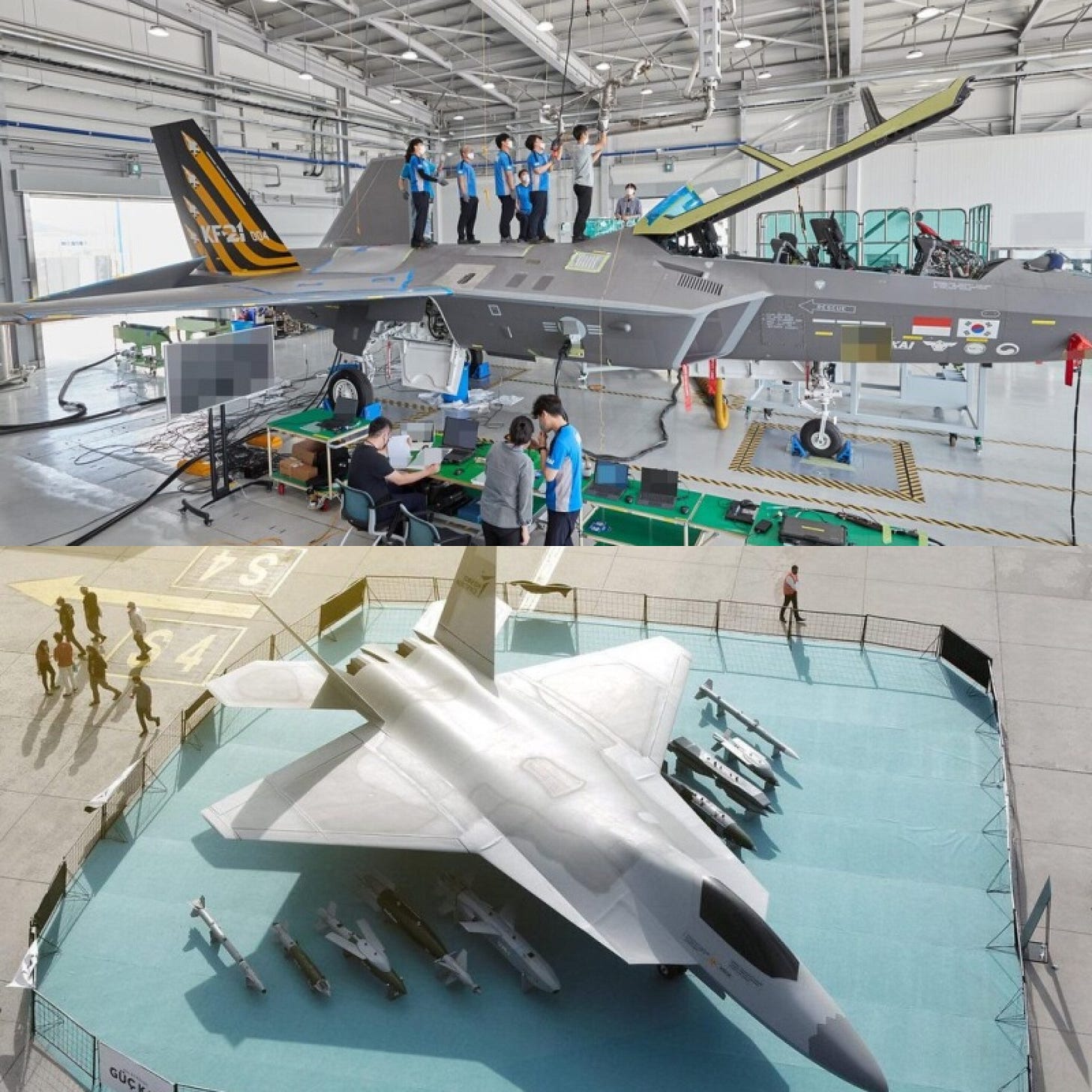
With China already operating a stealth fighter and another on the way, the PLAAF is looking at an advantage over the IAF in the coming decade. Pakistan’s Defence Ministry has also been in talks with Beijing for possibly procuring the J-31 for the PAF, however with the recent acquisition of 25 J-10s and given the ongoing political and economic turmoil, Rawalpindi may have to reconsider its wish list. Turkey has also offered Pakistan the TF-X with the aircraft being termed as the world’s first Islamic fighter. Pakistan’s bonhomie with Turkey and China have given it viable options for faster procurement of a stealth fighter. The dual threat from China and Pakistan along with a dwindling fighter fleet have serious implications for India’s security and have put the IAF on the backfoot as it struggles to maintain its ageing fleet. The MRFA deal of 114 aircraft is a vital move in achieving deterrence, however the Indian aviation industry will have to prioritise and fast-track the indigenous AMCA to achieve air superiority against Pakistan and China.
Short Take-Offs
Headlines from the world of aviation.
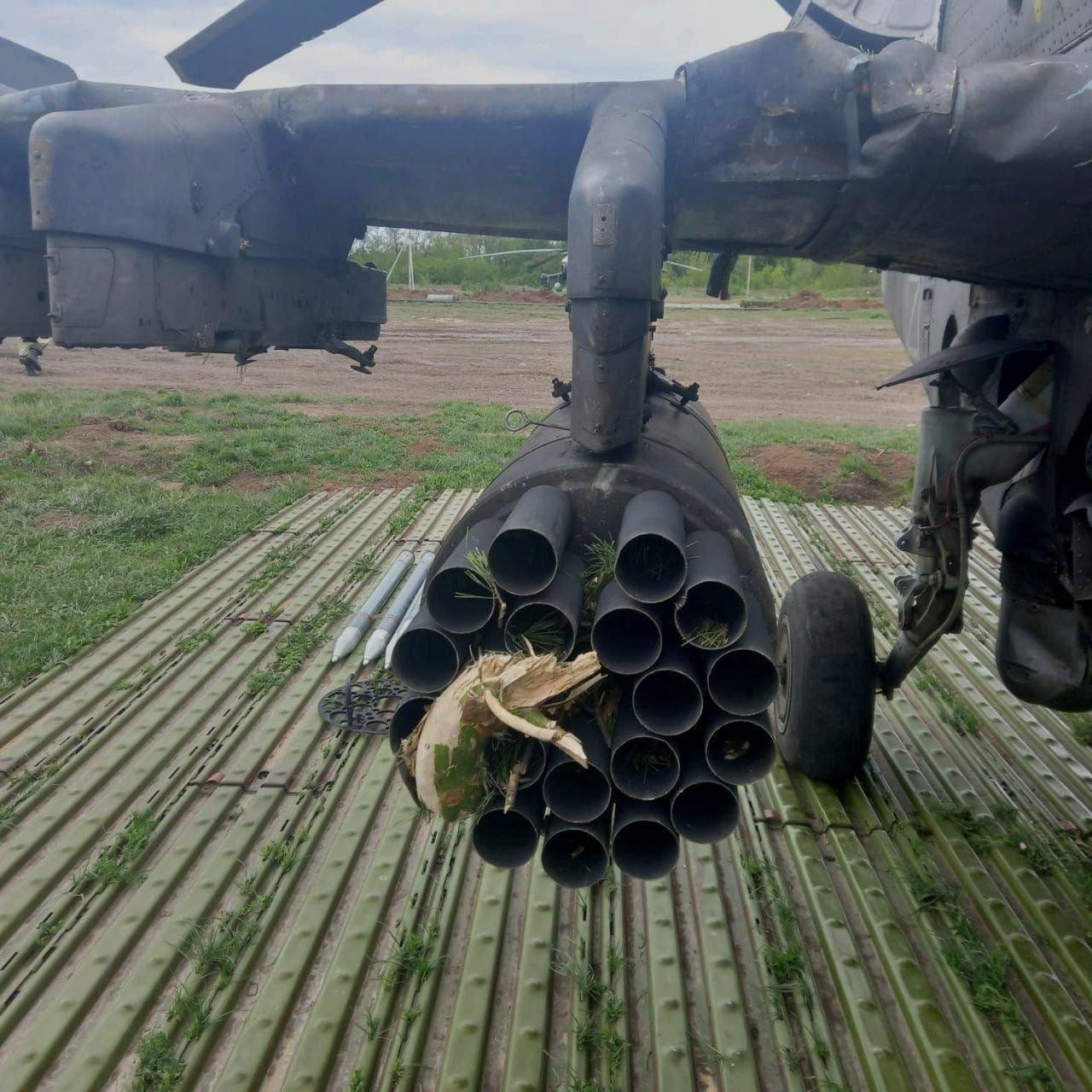
4. Argentina picks America’s CH-47 Chinook over Russia’s Mi-26 as it places an order for 4 aircraft.
Still of the Week
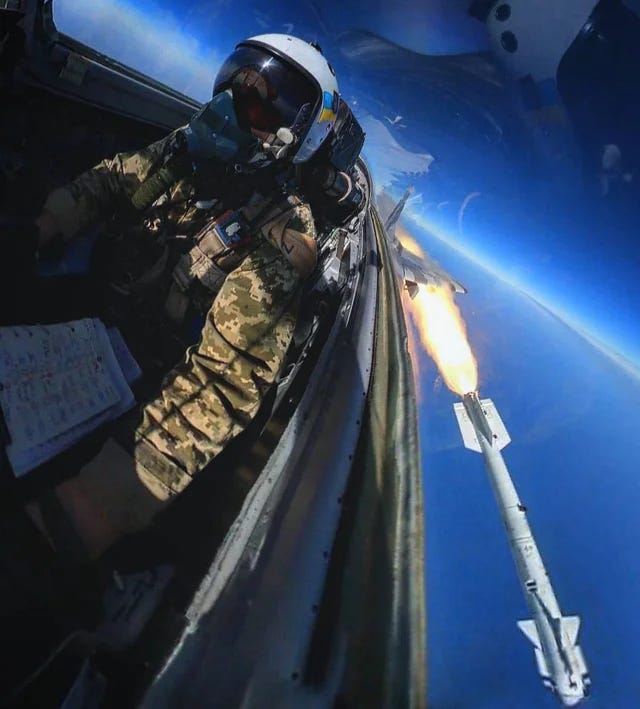
Bird of the Week
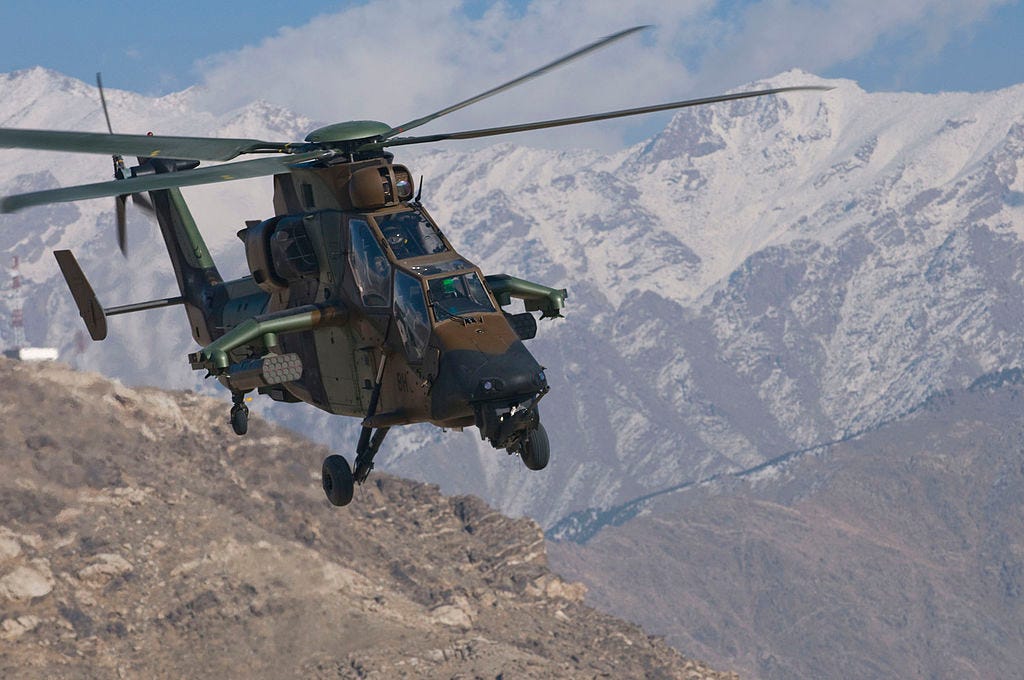
The Eurocopter Tiger is a four-blade, twin-engine attack helicopter which is manufactured by Airbus Helicopters (formerly Eurocopter). Development of the Tiger started during the Cold War, and it was initially intended as an anti-tank helicopter platform to be used against a Soviet ground invasion of Western Europe. After the Soviet Union collapsed, France and Germany chose to develop the Tiger as a multirole attack helicopter.

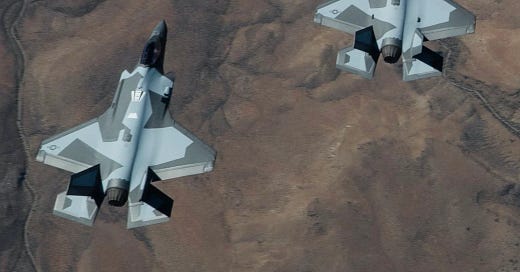



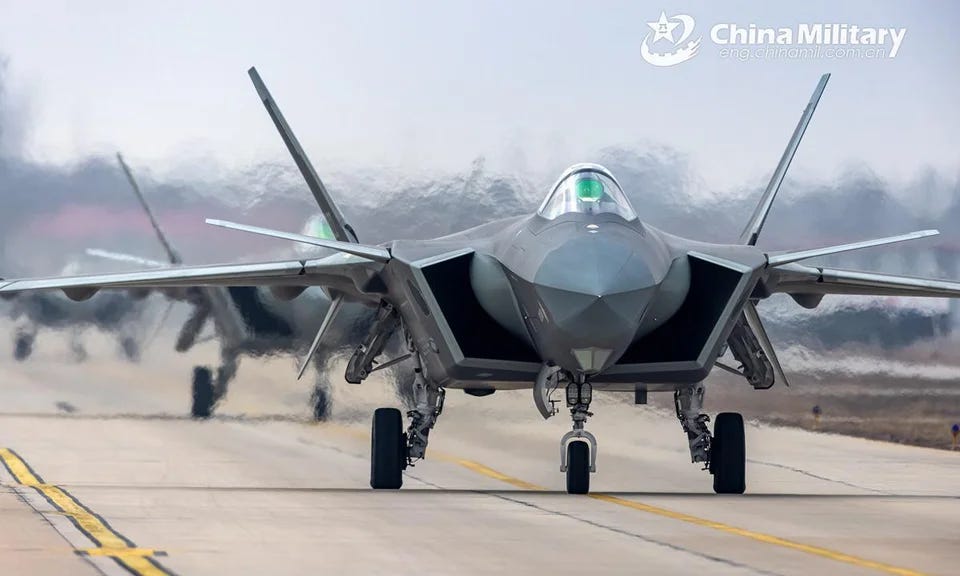
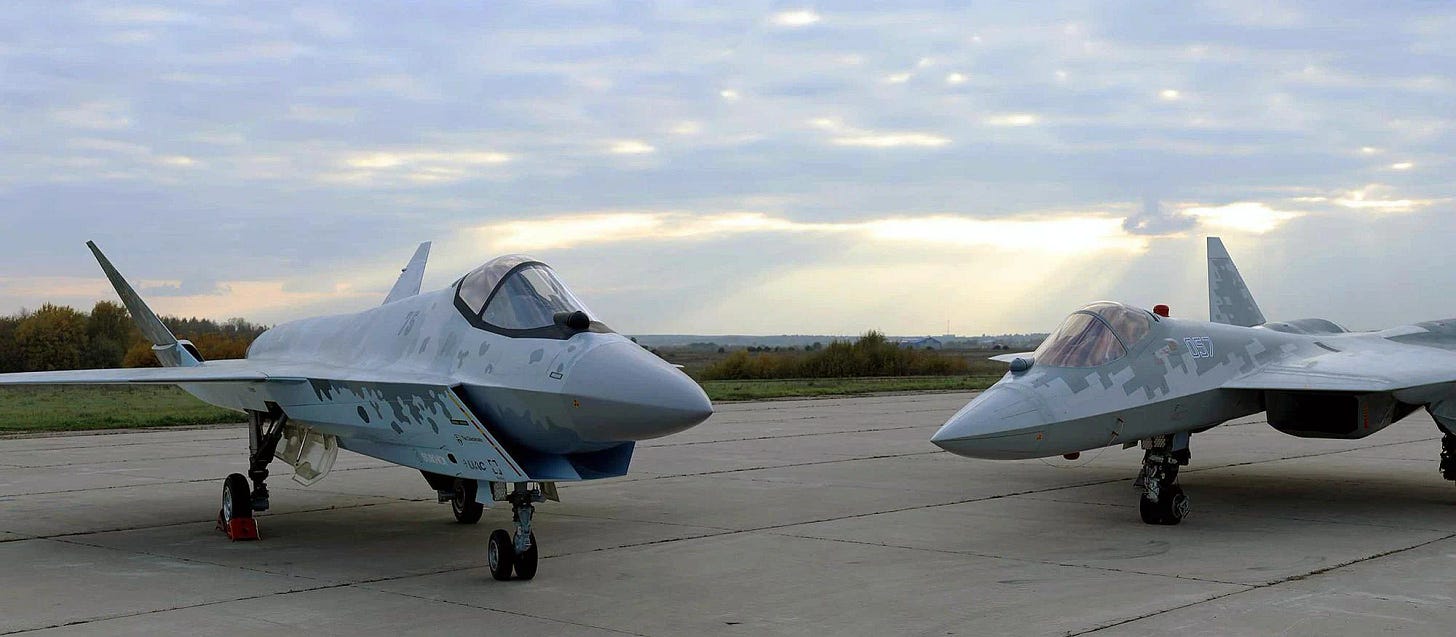
Lovely read Rohan. Keep it coming.
Interesting reading